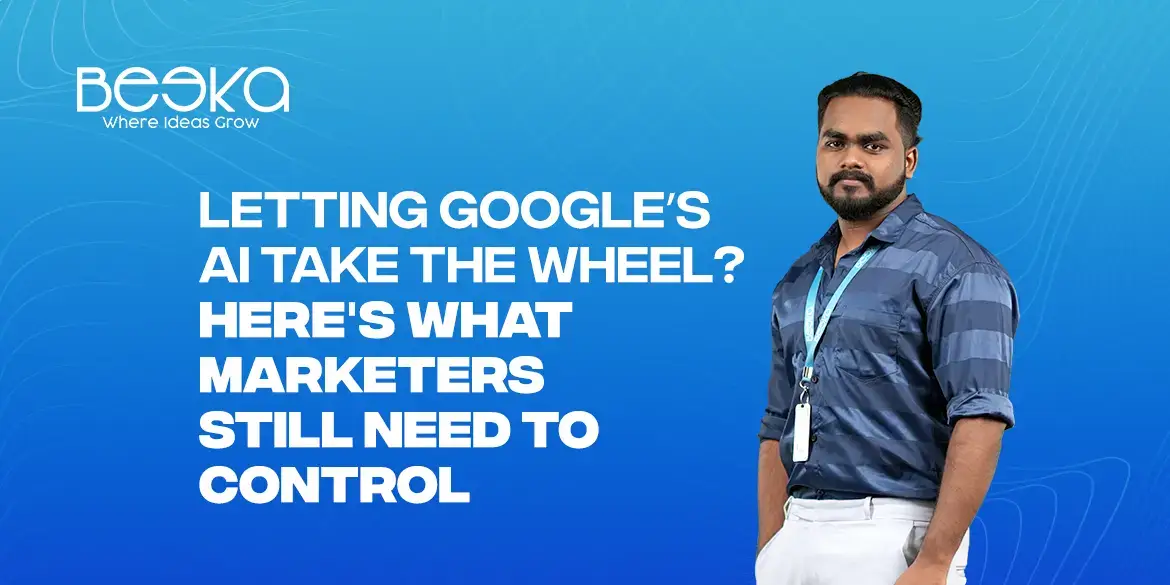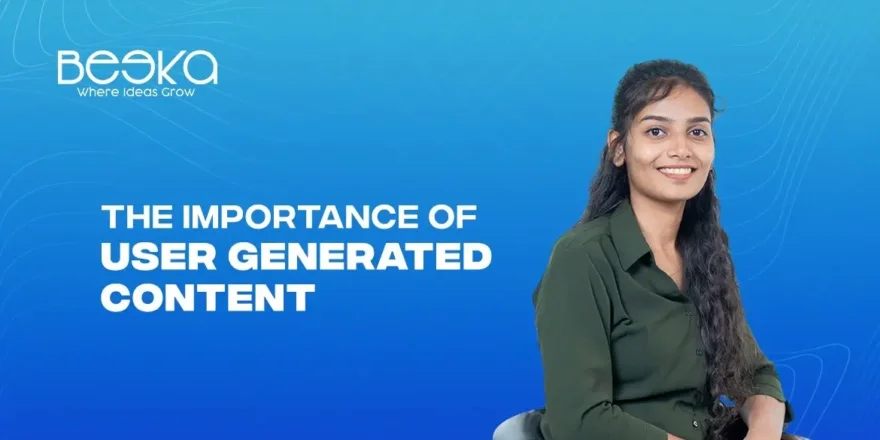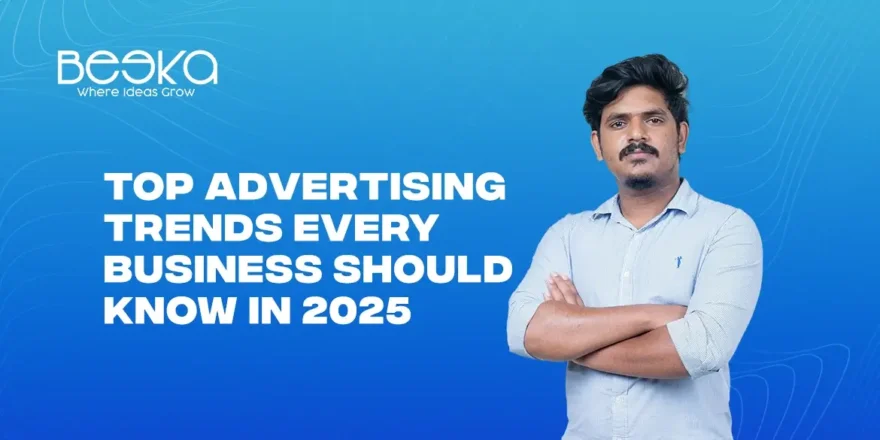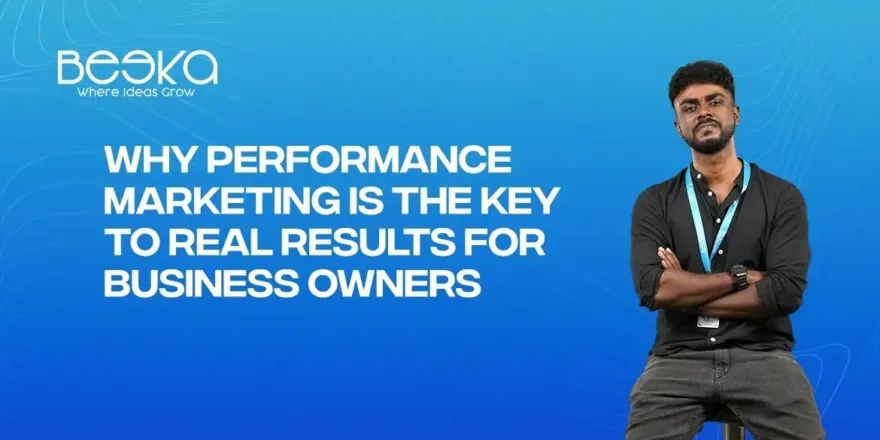“Just turn on Smart Bidding and let the algorithm handle it.”
That’s what you’ll hear a lot in digital marketing these days. And to be fair, it’s not entirely wrong.
Google’s AI-powered automation tools have become incredibly smart. They can bid, optimize, test creatives, and even build campaign strategies for you. Tools like Performance Max and Smart Bidding are saving marketers time and effort and in many cases, driving serious results as well.
But here’s the thing no one tells you upfront:
You can’t just “set it and forget it.”
Google’s AI is powerful, but it’s not perfect. It doesn’t know your business goals. It doesn’t understand your creative voice. And it definitely doesn’t care about your client’s ad budget.
So where does AI shine, and where does it still need a human touch?
What Google’s AI Actually Does Well
Before we start pointing out the flaws, let’s give automation its due. Google’s AI has changed the game in a few big ways.
1. Smarter Bidding, Faster Decisions
Google Ads automation can now adjust bids in real time based on hundreds of signals you’d never even think of: device type, time of day, browsing history, location, and more.
With bidding strategies like Target CPA or Maximize Conversions, the algorithm reacts to the moment, not just your rules. This is something no human media buyer could do at scale.
2. Predictive Audience Targeting
Google’s AI has access to behavioral data most marketers can’t see. It uses this to predict intent and match ads to the right people, even if they’re not in your defined audience.
With tools like Optimized Targeting and in-market segments, AI often finds pockets of high-value users you would have missed.
3. Automated Creative Testing
If you’re running Responsive Search Ads or Performance Max campaigns, Google is already testing different headline and description combinations on your behalf.
It figures out which combinations drive the most engagement and serves those more often. It’s a kind of creative A/B testing on autopilot.
So yes, AI helps. A lot.
But there’s a limit. And if you stop paying attention, that’s when things go wrong.
What AI Still Gets Wrong (And What You Must Manage)
Let’s be honest — Google’s automation isn’t flawless. There are places where it can make bad decisions, waste money, or completely miss the point. Here’s where human marketers still matter.
1. Strategy and Campaign Intent
Google’s AI doesn’t know your broader business goals. It only knows what you tell it,
like “get conversions” or “maximize clicks.”
But what if your definition of a conversion isn’t set up properly? What if the real goal is long-term customer value, not just form submissions?
AI has no strategic context. You do. It’s your job to define what success really looks like and structure your campaigns accordingly.
2. Budget Control
AI is designed to hit goals, not to protect your budget.
If your campaign has a high daily spend and a broad conversion goal, the algorithm will keep spending to hit its targets, even if the cost-per-lead becomes inefficient.
That’s why budget pacing is still a human task. You need to monitor spend trends, adjust limits, and know when to scale up or pull back.
3. Brand Voice and Message
Performance Max can test headlines, but it doesn’t understand tone. It doesn’t know your customer persona. It doesn’t feel whether a line sounds off-brand or flat.
Humans still need to craft strong creative, choose the right imagery, and bring emotion and story into the messaging. AI can test variations, but if what you feed it is weak, the results will be too.
4. Data Quality
AI only performs well if the data that’s trained on is clean and meaningful.
If your conversion tracking is broken or misaligned (for example, tracking form submissions instead of qualified leads), Google’s AI will optimize toward the wrong behavior.
And the worst part? It will look like it’s working… until your sales team tells you none of the leads are actually good.
That’s not an AI failure. That’s a human responsibility.
So Should You Trust Google’s Automation?
Yes, but with limits.
Google’s AI should be seen like a co-pilot. It handles the technical workload efficiently, but it doesn’t know where your business wants to go. That’s your job.
The best marketers use automation as a lever, not as a replacement.
They:
Let AI handle repetitive bidding and testing
Set clear goals and conversion actions
Feed the AI with clean, well-defined data
Review and optimize what AI is doing weekly, if not daily
Stay close to the creative and brand direction
If you “let Google take the wheel,” make sure you’re still in the driver’s seat.
Key Takeaways
Google’s AI is excellent at automation, but not on strategy.
Smart Bidding and Performance Max can drive strong performance — when your setup is right.
Human marketers are still responsible for budget, creative, goals, and data quality.
Automation should amplify good decisions, not cover for bad ones.
Conclusion
Google Ads automation is powerful, but not perfect.
If you treat AI like a shortcut to hands-free marketing, you’ll probably burn the budget and miss the mark. But if you treat it like a smart assistant i.e., one that follows your direction, it can scale your results without scaling your workload.
So yes, let the AI help. But never give up the wheel entirely.
Explore our work at beeka.in or get in touch with us today to take control of your campaigns — with AI and expertise working together.






